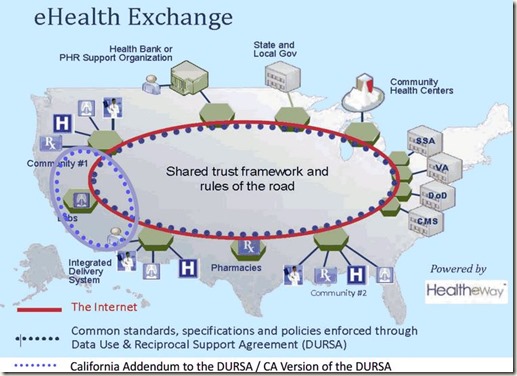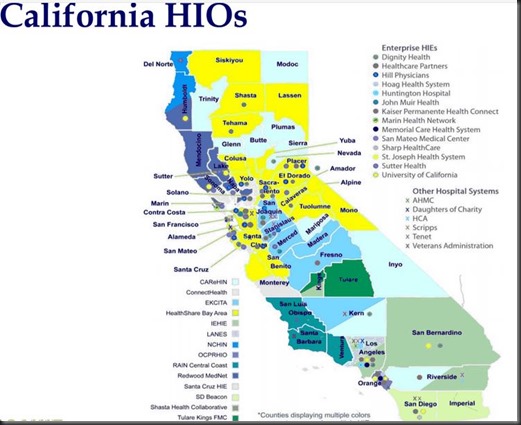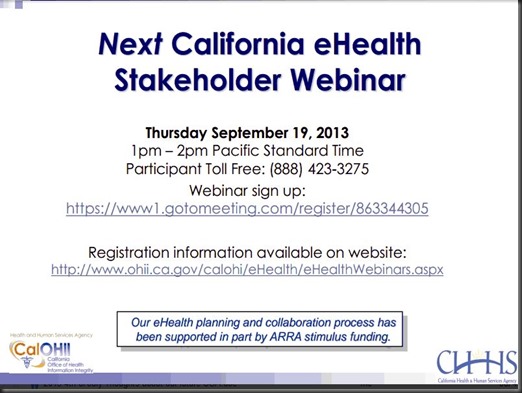Today thus far has been an extremely active day for health care social media #hcsm .
Tweet chat, #abcdrbchat from ABC news is number six on the twitter trend list this AM at 10:30 AM Pacific time. It appears that there were many tweeps from non health related sites in this chat.
And here is how to join any tweetchat.
Anyone who thinks #social media is not relevant to #medicine is about to become a #dinosaur.
Some of the most popular hash tags revolve around #emr #hitsm #hcsm #d4pc #mhealth Check the web site Symplur for all the tags relating to health care and medicine.
During the past year physicians have engaged in social media with increasing frequency.
Despite these positive upticks there are those who are reticent to engage in social media.
Here are some things you may have experienced:
In the past year have you experienced:
Nausea, due to keeping up with the rapid changes in the social media space ?
Y or N
Anxiety, due to the looming threat of an online flare up surrounding your organization? Y or N
Frustration, due hospital exec rejecting your social media ideas?
Familiarize yourself with three targeted tracks in healthcare communications
1. PR and Marketing
2. Employee Communications
3. Social Media for Medical Professionals
Paul Sonnier at Digital Health lists the growing number of Digital Health Events between June 20113-June 2016 which number more than sixty.
During August;
HIMSS ASIAPAC13 Greater China eHealth Forum
National Forum on Data & Analytics in Healthcare @ Gaylord National R
Mobile Healthcare: Innovations in Telemedicine @ The George Washin
Digital Health Days – Stockholm
Aug 21 – Aug 22 all-day Conference Digital Health Europe
NIH-UCLA Summer Institute on Mobile Health (mHealth) Technology Research
Aug 26 – Aug 30 all-day California Course Los Angeles United States
BIOCOM’s 7th annual DeviceFest Conference @ Sheraton Carlsbad
Aug 27 @ 8:00 am – 6:30 pm California Conference Diagnostic Medical Device San Diego United States
The Quantified Patient @ athenahealth's Visitor Center (Building 400)
Aug 28 @ 6:00 pm – 9:00 pm Big Data Consumer Digital Health Health IT Healthcare Massachusetts Medical Device United States Wearable Tech Wellness big data HealthcareSocialMedia healthstartup mobile Wearables
This unique event will feature forward thinking entrepreneurs, researchers and companies who are redefining healthcare through the use of self-tracking systems, behavior change psychology, and [...]
Seattle Health Innovators Meetup @ SURF Incubator
Aug 29 @ 5:30 pm – 8:15 pm Accelerator Digital Health Healthcare Life Sciences Meetup Precision Medicine United States Wasghington Wellness
The purpose of the Seattle Health Innovation Forum is to support the individuals actively making health innovation happen. This community draws on entrepreneurs in businesses, [...]
For the Schedule for the remaining portion of 2013 and beyond […….] events.






